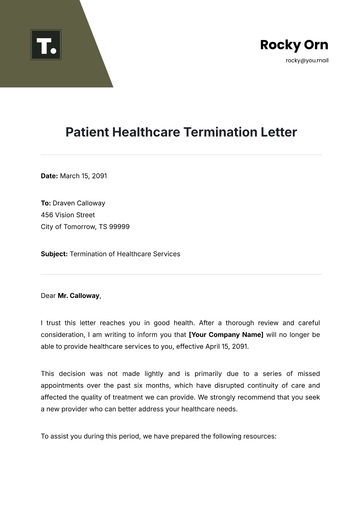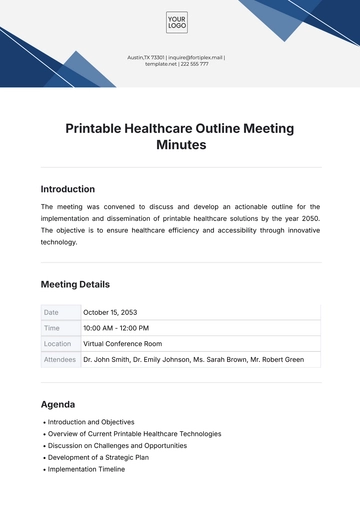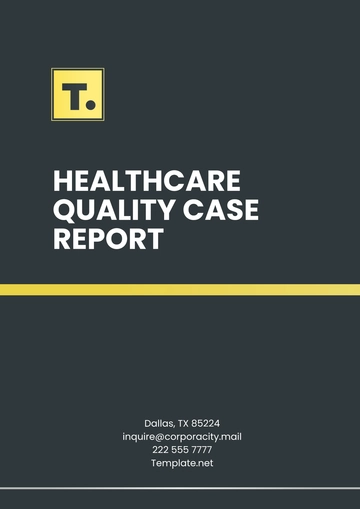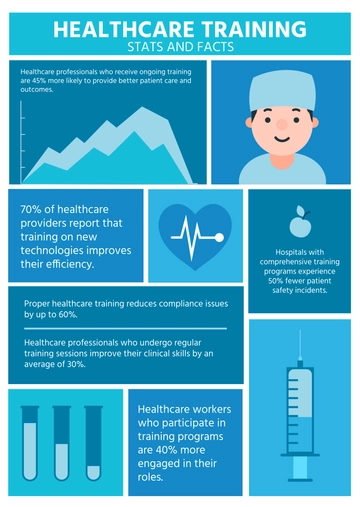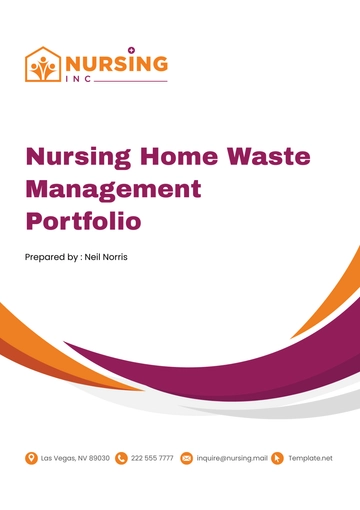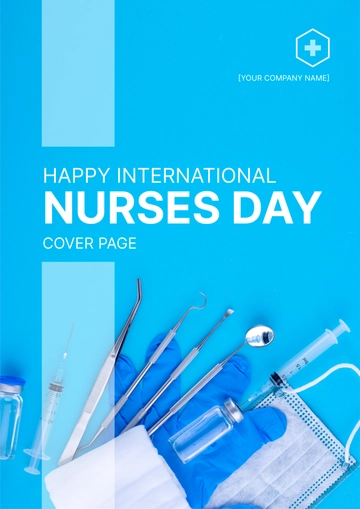Free Medical Professionals Observational Study
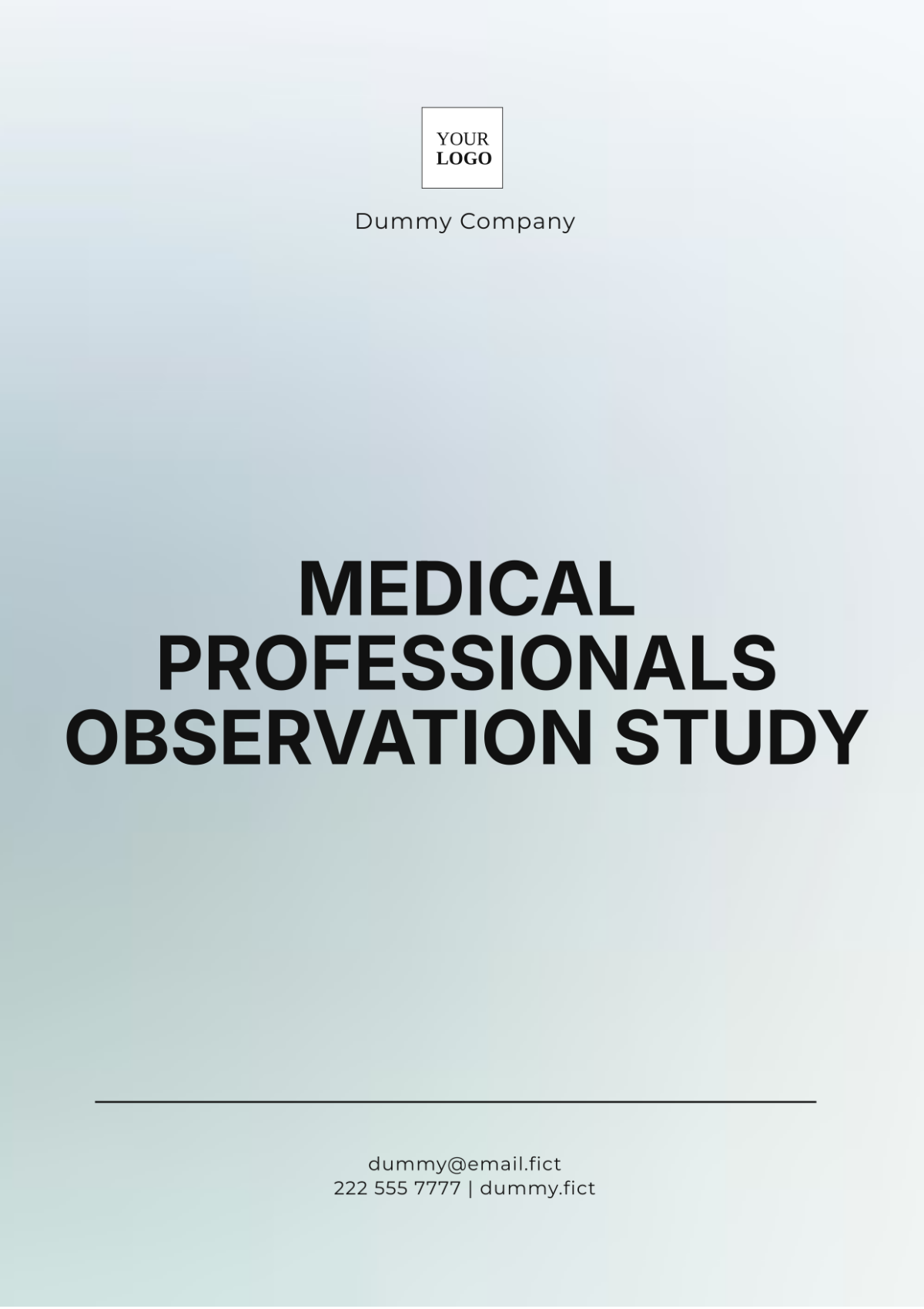
Title: Observational Study of Hand Hygiene in a Tertiary Hospital
Principal Investigator: [Your Name]
Affiliation: [Your Company Name]
Date: [Date]
Abstract
This observational study examines hand hygiene practices among medical professionals at City Hospital. The objective was to assess compliance with hand hygiene protocols and identify areas for improvement. Data were collected through direct observation over a three-month period. Results indicate a compliance rate of 75%, with higher adherence observed in high-risk areas. The study highlights the need for targeted training and regular audits to improve hand hygiene practices.
Introduction
Hand hygiene is a critical component in preventing healthcare-associated infections. Despite established protocols, adherence to hand hygiene practices varies among medical professionals. This study aims to observe and evaluate hand hygiene practices at City Hospital to identify compliance rates and areas needing improvement.
Objectives:
To assess the adherence of medical professionals to hand hygiene protocols.
To identify factors influencing hand hygiene compliance.
To provide recommendations for improving hand hygiene practices.
Rationale: Understanding current hand hygiene practices can help in designing effective interventions to enhance compliance and reduce infection rates.
Study Design
Type of Study: Cross-sectional observational study
Setting: City Hospital, a tertiary care facility
Duration: June 1, 2054 – August 31, 2054
Methods
Participants:
Inclusion Criteria: Medical professionals working in patient care areas (e.g., nurses, doctors, and allied health staff).
Exclusion Criteria: Administrative and support staff not involved in direct patient care.
Data Collection:
Observations were conducted in various units, including ICU, emergency department, and general wards.
Observers used a standardized checklist to record hand hygiene events before and after patient contact.
Variables:
Primary Variable: Compliance rate with hand hygiene protocols.
Secondary Variables: Type of hand hygiene performed (e.g., handwashing vs. hand sanitizers), time of day, and unit location.
Ethical Considerations:
Informed consent was obtained from all participants.
Confidentiality was maintained by anonymizing data and restricting access to study findings.
Data Analysis
Analysis Plan:
Compliance rates were calculated as the percentage of observed hand hygiene events meeting protocol standards.
Statistical analysis was performed using SPSS software, with significance set at p<0.05.
Data Handling:
Data were entered into a secure database.
Regular checks were conducted to ensure accuracy and completeness.
Results
Overall Compliance Rate: 75%
Compliance by Unit: ICU 85%, Emergency Department 70%, General Wards 65%
Type of Hand Hygiene: 60% used hand sanitizers, 40% performed handwashing.
Summary: Compliance was highest in the ICU, with significant variation across different units. Hand sanitizers were more commonly used than handwashing.
Discussion
Interpretation: The observed compliance rate is higher than the national average but still leaves room for improvement. The lower adherence in general wards suggests a need for targeted interventions.
Comparison: Our findings align with previous studies indicating variability in hand hygiene compliance across different healthcare settings.
Limitations: The study's observational nature may have led to Hawthorne effects where professionals alter their behavior due to being observed.
Implications: Enhanced training and regular audits are recommended to improve hand hygiene compliance.
Conclusion
This study provides valuable insights into hand hygiene practices among medical professionals at City Hospital. Increasing adherence through targeted interventions could significantly impact infection control efforts.
References
World Health Organization. (2051). WHO guidelines on hand hygiene in health care.
Larson, E. L. (2059). Hand hygiene: A review of the literature.
- 100% Customizable, free editor
- Access 1 Million+ Templates, photo’s & graphics
- Download or share as a template
- Click and replace photos, graphics, text, backgrounds
- Resize, crop, AI write & more
- Access advanced editor
Elevate your research with the customizable Medical Professionals Observational Study Template, offered by Template.net. This fully downloadable and printable template is designed to streamline your data collection process. Tailor it to your needs using our AI Editor Tool, making it easily editable for any medical study. Save time and enhance your research quality with this user-friendly template.








